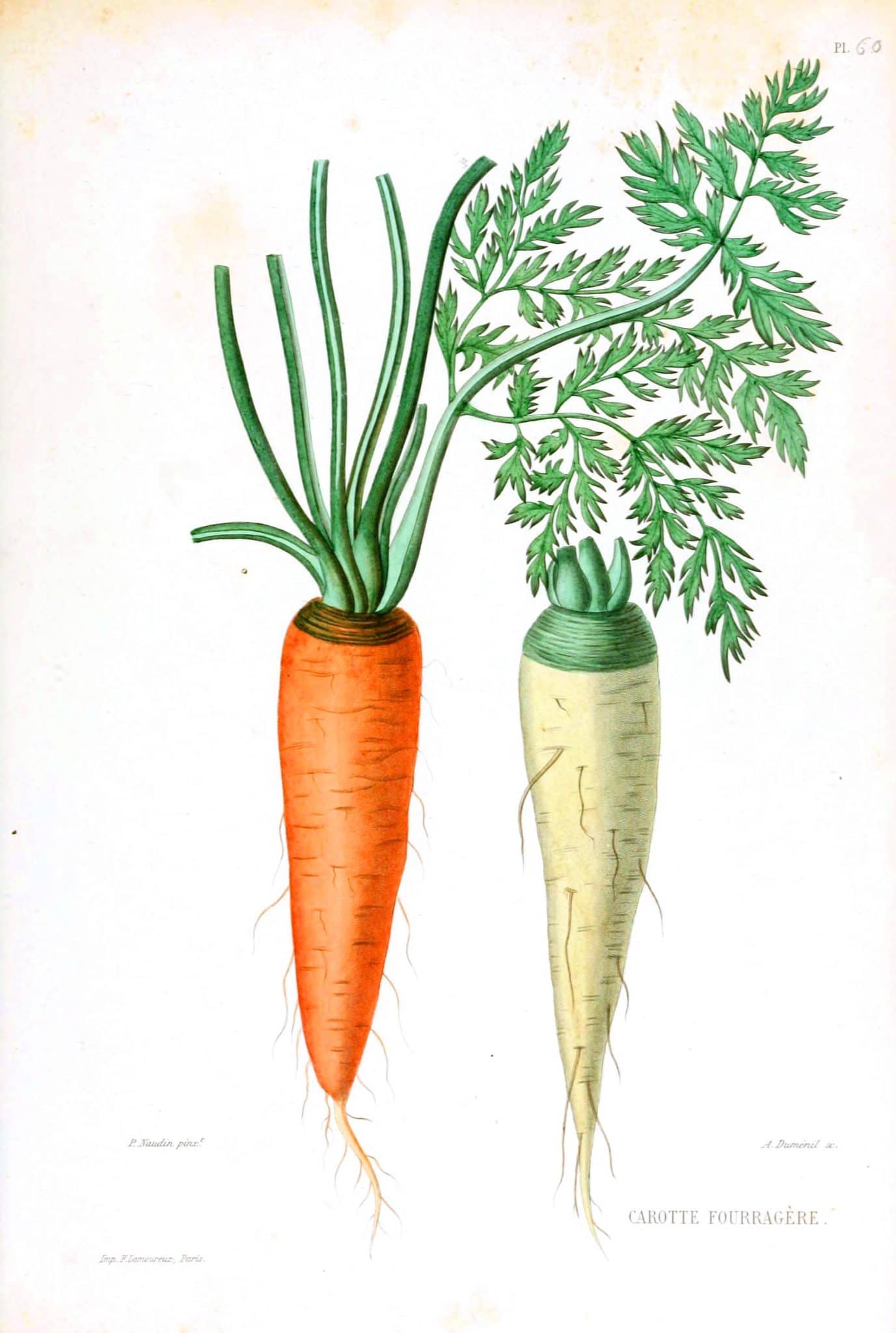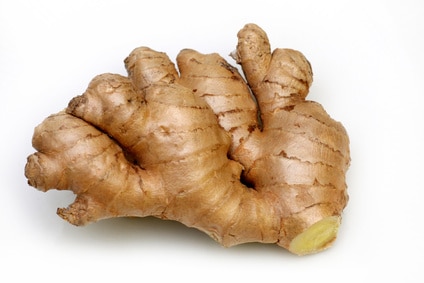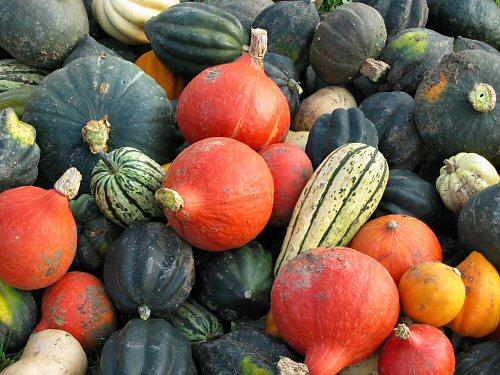Packed with vitamin A and beta-carotene, carrots are a great way to have fresh vegetables in your diet year round. With winter drawing to a close, but the bounty of spring not yet upon us, thankfully the humble carrot is available fresh year round. This recipe is...

Cider-Glazed Carrot and Quinoa Salad
read more


